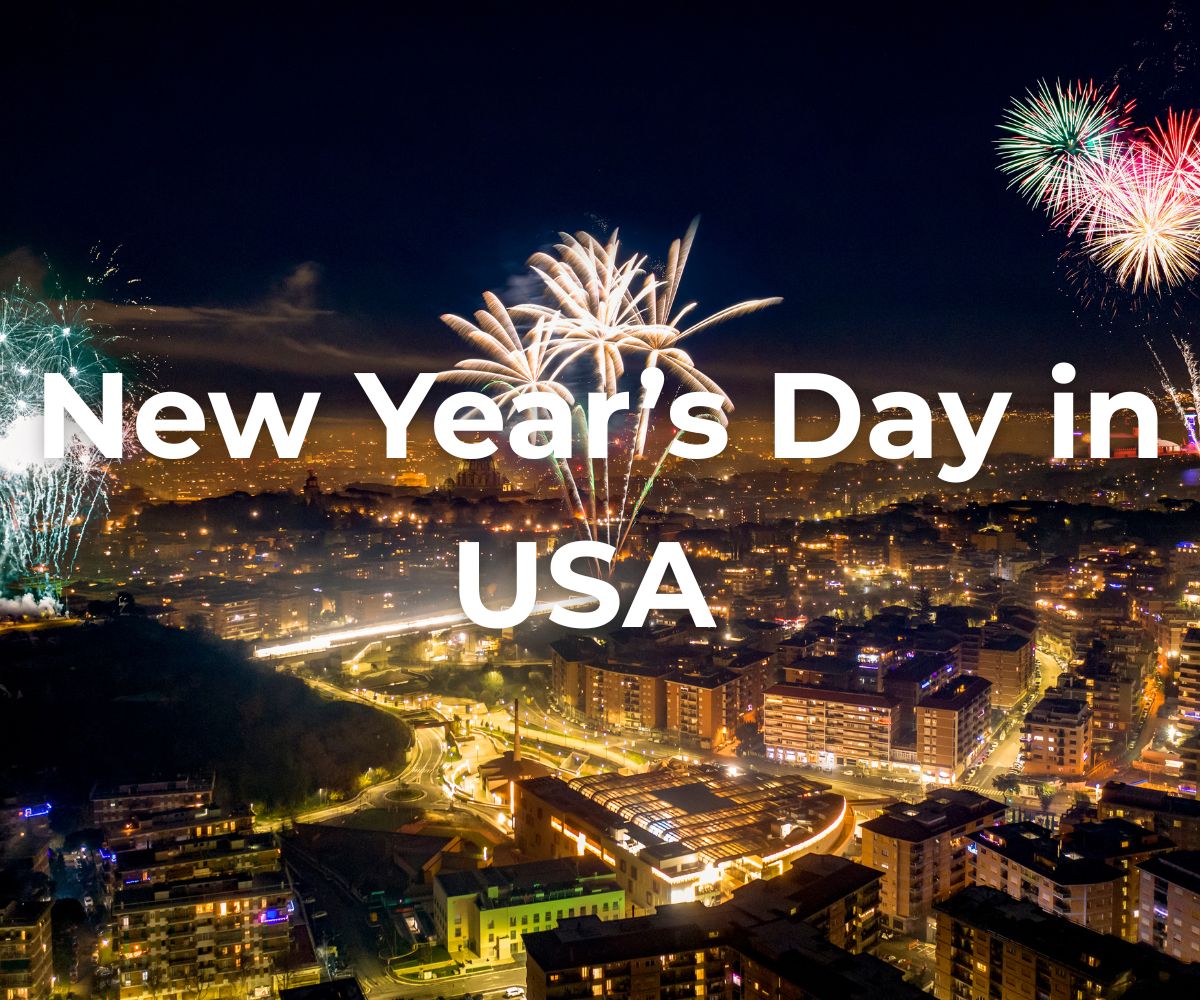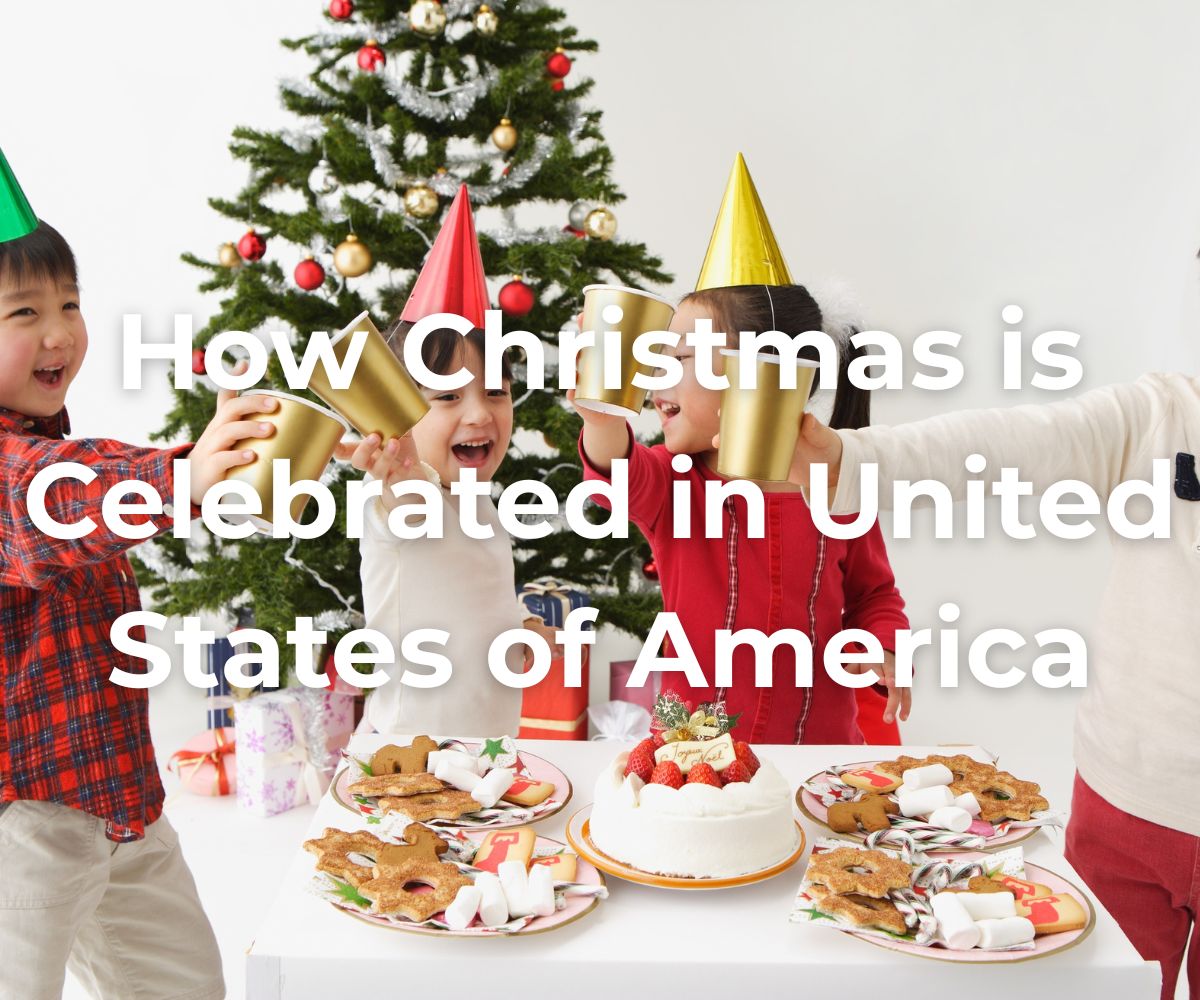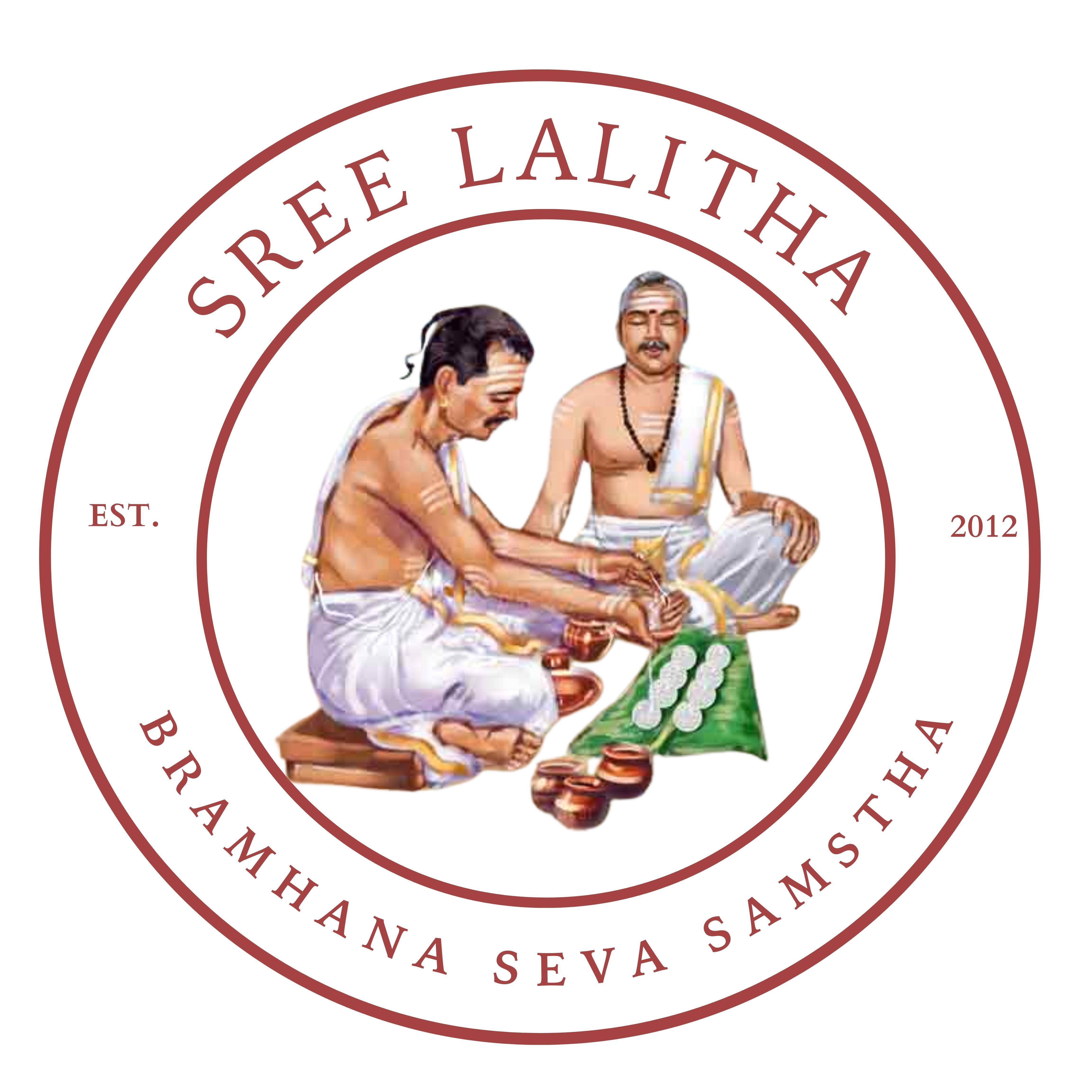new years day in usa
Description
New Year’s Day in the USA: Resolutions, Rituals, and the Spirit of Renewal
A Celebration of Hope and New Beginnings
New Year’s Day in the United States is more than a holiday—it’s a cultural ritual that celebrates renewal, reflection, and optimism. Every January 1st marks a shared moment of closure and fresh beginnings. From the lively countdowns of New Year’s Eve to the quiet resolutions made the next morning, the holiday captures the balance between festivity and introspection that defines the American spirit.
Across the country, people pause to look back on the past year and envision a brighter future. Families gather, parades roll through city streets, and millions embrace traditions rooted in hope, community, and perseverance. The day bridges personal reflection with national unity, embodying both the joy of celebration and the promise of transformation.
Historical Roots of the American New Year
Celebrating the new year predates the modern calendar by thousands of years. Ancient civilizations such as the Babylonians and Romans marked the new year with agricultural festivals and vows to deities. When the Gregorian calendar was adopted in 1752, January 1st became the official start of the year in Britain and its colonies, shaping how Americans celebrate today.
In early America, Puritan settlers viewed the day as one of solemn reflection rather than excess. But by the 19th century, as cultural diversity expanded, the holiday evolved into a vibrant public celebration. By the mid-20th century, it had become a nationwide festival of joy, fireworks, and new resolutions—reflecting the optimism at the heart of the American identity.
The Night Before: Countdown to a New Beginning
While New Year’s Day holds symbolic meaning, the excitement begins on the eve of January 1st. New Year’s Eve is when the country unites in collective anticipation, counting down the final seconds of the year.
Times Square Ball Drop
The Times Square Ball Drop in New York City remains the centerpiece of American New Year celebrations. Since 1907, this glittering sphere’s descent at midnight has drawn millions to Times Square and captivated viewers worldwide. The moment the ball drops—accompanied by confetti, fireworks, and the playing of “Auld Lang Syne”—represents the heartbeat of the nation as one year transitions to the next
Parties and Toasts Across America
From lavish galas to small gatherings, parties across the nation are filled with music, champagne, and laughter. Silver and gold decorations symbolize prosperity, while the midnight kiss remains a widespread custom believed to bring good fortune and lasting affection.
Music and Media Influence
“Auld Lang Syne,” originally a Scottish folk song, is sung nationwide to honor old friendships and shared memories. Televised broadcasts such as Dick Clark’s New Year’s Rockin’ Eve have become modern rituals, connecting millions of Americans through live music and countdowns broadcast from cities coast to coast.
January 1st: The Day of Reflection and Renewal
Once the fireworks fade, New Year’s Day unfolds as a quieter, more reflective holiday. It’s a federal day of rest, allowing Americans to recuperate, reconnect, and set intentions for the months ahead.
The Rose Parade and College Football
Pasadena, California, hosts the iconic Tournament of Roses Parade—a dazzling display of floral artistry, marching bands, and pageantry. Immediately after comes the Rose Bowl Game, a college football tradition that combines sportsmanship and celebration. Together, they symbolize continuity, creativity, and community pride.
Polar Bear Plunges and Outdoor Adventures
In coastal and northern states, thousands participate in “Polar Bear Plunges”—leaping into icy waters as a daring way to start the year refreshed and renewed. This modern ritual reflects a uniquely American blend of adventure and resilience.
First Day Hikes
An increasingly popular tradition, “First Day Hikes” encourages families to visit state and national parks on January 1st. These walks symbolize moving forward—literally and metaphorically—aligning with the nation’s renewed focus on wellness and nature.
The Heart of the Holiday: New Year’s Resolutions
The defining American New Year tradition is making resolutions—a collective expression of self-improvement and hope.
Ancient Origins and American Reinvention
While the concept originated with the Babylonians and Romans, who pledged loyalty to their gods or sought forgiveness for debts, the American version centers on self-betterment. The month of January, named after Janus—the Roman god with two faces—symbolizes looking back at the past and forward to the future.
Common Resolutions
Every year, millions vow to:
- Improve health through diet, fitness, and mindfulness.
- Manage finances and reduce debt.
- Learn new skills or advance in their careers.
- Strengthen relationships and practice gratitude.
These goals reflect a distinctly American belief in reinvention and self-determination—the idea that with discipline and optimism, anyone can create a better life.
Psychology of Resolutions
Despite widespread participation, many resolutions fail by mid-February, often due to unrealistic expectations. This has led to modern adaptations, such as choosing a “word of the year” or setting small, measurable goals. The shift toward sustainable self-improvement reflects the growing emphasis on mental health and intentional living.
Culinary Traditions: Eating for Luck and Prosperity
Food plays a symbolic and comforting role in American New Year customs, particularly in the South. Each dish served on January 1st carries its own meaning and superstition.
|
Black-Eyed Peas (Hoppin’ John) |
Coins, Good Fortune | A staple in Southern households, believed to bring luck dating back to the Civil War era. |
|
Collard or Mustard Greens |
Paper Money, Prosperity | The green color symbolizes financial success. |
|
Pork |
Progress, Forward Motion | Pigs root forward, symbolizing advancement. |
|
Cornbread |
Gold, Wealth | Its golden hue represents abundance and luck . |
In other regions, families add personal twists—ring-shaped cakes for continuity, grapes for each month of the year (a Spanish influence), and toasts of champagne for joy and prosperity.
Cultural and Regional Variations
The United States’ cultural mosaic ensures that no two New Year’s celebrations are identical.
Southern Traditions
Families across the South focus on comfort foods, music, and gatherings centered on faith and family.
West Coast Festivities
California’s Rose Parade and beach bonfires reflect warmth, artistry, and outdoor living.
Northern and Midwest Customs
In colder regions, indoor gatherings, football marathons, and community plunges dominate the day.
Cultural Fusion
Immigrant communities add global influences:
- Hispanic families eat twelve grapes at midnight for good luck.
- Japanese-American households prepare Osechi Ryori for health and longevity.
- Italian-Americans cook lentils for prosperity.
This multicultural blend underscores the American New Year's celebration of unity in diversity.
Symbolism, Superstitions, and Sentiment
Many customs carry symbolic meaning:
- The Midnight Kiss: Ensures affection and partnership throughout the year.
- Making Noise at Midnight: Drives away negative energy and welcomes good luck.
- Avoiding Housework: Prevents “sweeping away” fortune.
- These playful superstitions add character to the celebration, blending humor with heritage.
Psychologically, the holiday creates what researchers call the “fresh start effect”—a cognitive reset that inspires motivation and optimism. It allows Americans to mentally and emotionally close one chapter and open another with renewed focus.
Environmental and Mindful Celebrations
In recent years, sustainability has become part of the New Year's ethos. Communities across the country organize eco-friendly events, replacing fireworks with drone shows and emphasizing reusable décor. Individuals commit to mindful resolutions like reducing waste, volunteering, or prioritizing wellness over material gain.
This shift reflects a broader cultural movement toward conscious living—proof that even traditional celebrations can evolve with changing times.
Economic and Social Impact
The holiday season leading into New Year’s Day fuels substantial economic activity. Hospitality, entertainment, and travel industries thrive, while fitness centers and wellness brands see increased engagement. Yet beyond commerce, the celebration fosters social cohesion. Across generations and regions, people unite through shared rituals that transcend politics and religion.
A Shared Moment of Renewal
From fireworks and football to reflection and resolutions, New Year’s Day in the USA embodies a shared story of renewal. It merges the thrill of collective celebration with the quiet strength of personal intention.
Each January 1st, Americans pause—whether in bustling Times Square, a small-town church, or around a family dinner table—to acknowledge the past and welcome the promise of tomorrow. The rituals differ, but the message remains the same: hope endures, progress continues, and the future is always a fresh page waiting to be written.





















